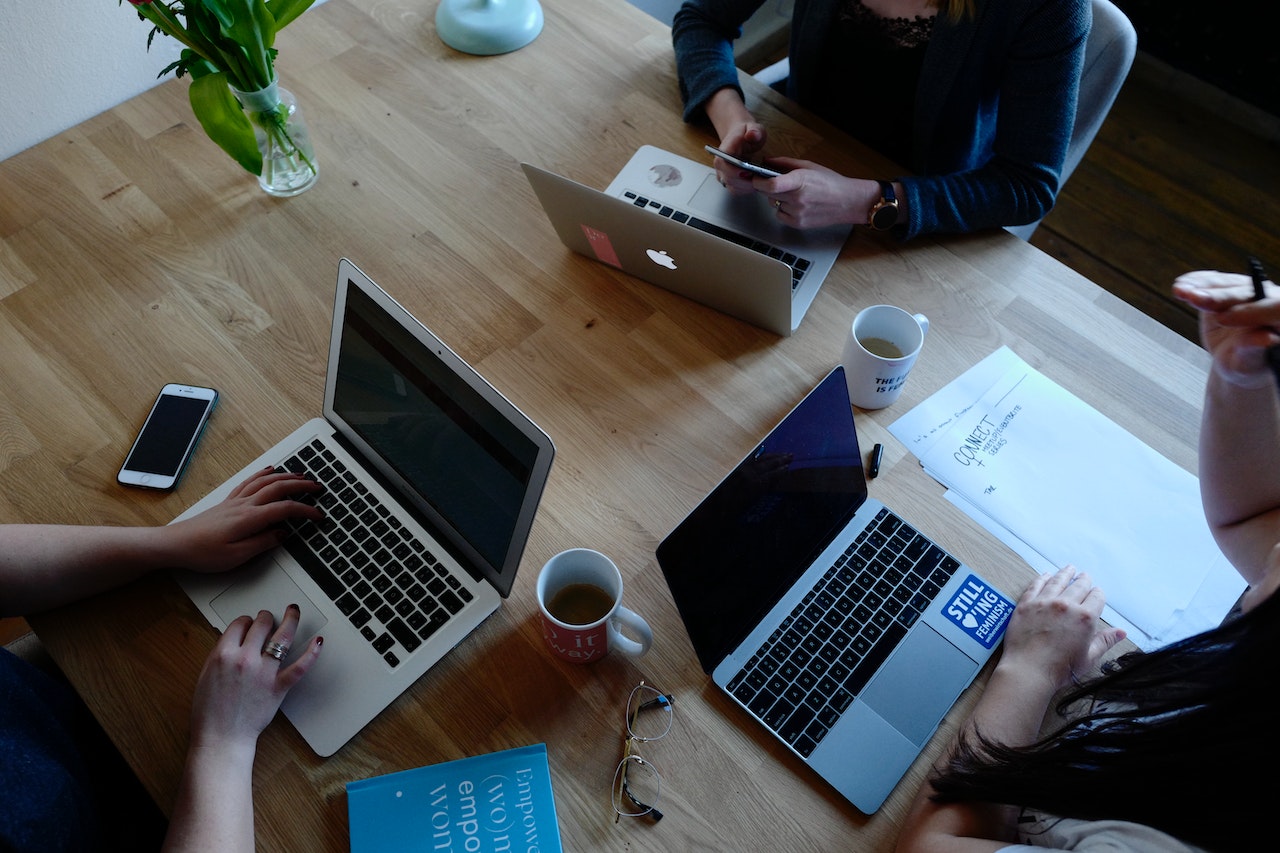When you’re first starting in forex trading, it can be tricky to determine how much money to risk on each trade. You want to make sure that you are comfortable with the position size, but you also don’t want to lose too much money if the trade goes south. In this article, we will discuss how to determine your position size and give some tips on how to manage your risk. Let’s get started!
Choose an Account Risk Limit for Each Trade
When you’re determining your position size, the first thing you need to do is choose an account risk limit for each trade. This means that you need to decide how much of your account balance you’re willing to risk on each trade. For example, if you have a $1000 account balance and you’re willing to risk $100 per trade, then your account risk limit would be 0.01%.
Once you have chosen your account risk limit, you can then start to calculate your position size.
Calculate the Position Size
There are a few different ways that you can calculate your position size, but we will go over the most common method. To do this, you will need to know the stop loss level for the trade and the account risk limit that you chose in the previous step.
For example, let’s say that you are buying EUR/USD and your stop loss is at 100 pips. You also have an account risk limit of 0.01%, which means that you’re willing to risk $100 on this trade. To calculate the position size, you would take your account balance ($1000) and multiply it by your account risk limit (0.01%). This would give you a position size of $100.
Now, to calculate the number of lots, you would take your position size ($100) and divide it by the stop loss level (100 pips). This would give you a trade size of one lot.
Manage Your Risk
Once you have calculated your position size, you must manage your risk properly. One way to do this is to use a stop loss order. A stop loss is an order that you place with your broker that will automatically close out your trade if it reaches a certain price level. This price level is typically below the current market price, which means that if the market price reaches your stop loss level, you will lose money on the trade.
Another way to manage your risk is to use a take-profit order. A take-profit order is an order that you place with your broker that will automatically close out your trade when it reaches a certain price level. This price level is typically above the current market price, which means that if the market price reaches your take profit level, you will make money on the trade.
When you’re managing your risk, it’s important to remember that you should never risk more than you’re comfortable with losing. If you’re not comfortable with the amount of risk that you’re taking on a trade, then it’s best to either reduce the position size or exit the trade altogether.
